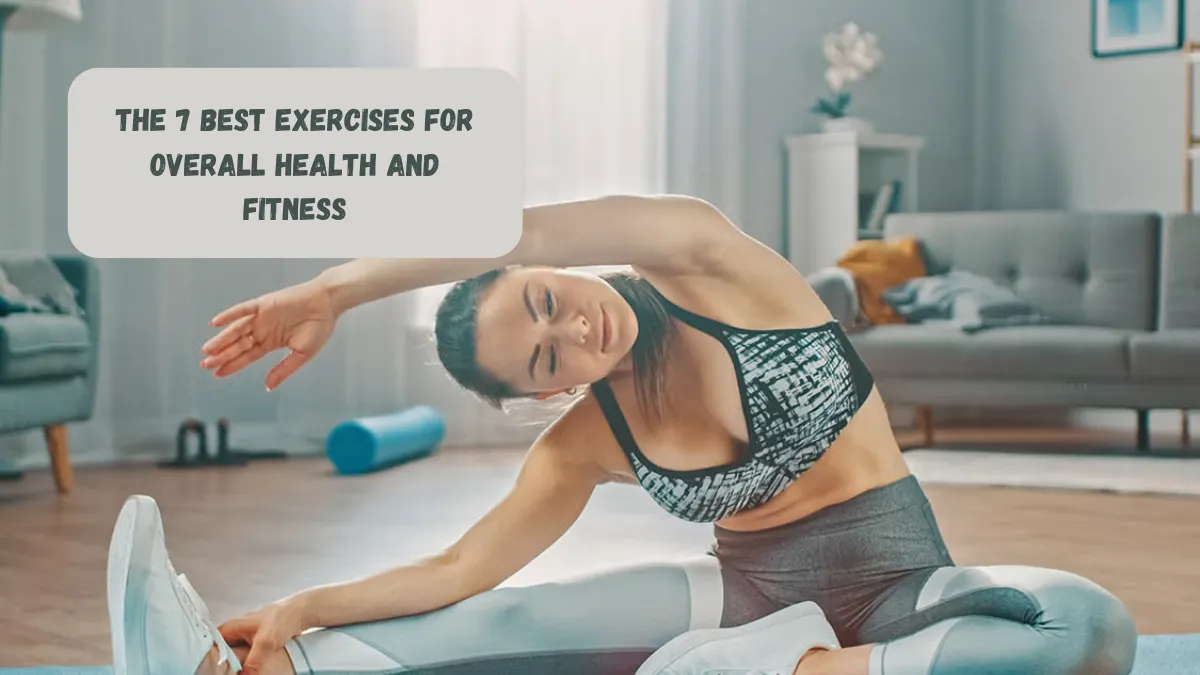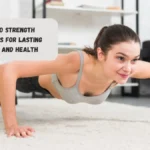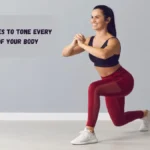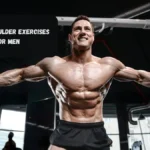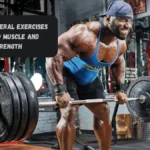The following movements can be done by one person or as a cycle. Some of them need simple fitness gear like dumbbells or an exercise ball, but most of them can be done without any gear.
The American Council on Exercise says that people should keep doing the same number of reps until their muscles get tired or they can’t keep the right form.
But they say that endurance athletes like runners and bikers shouldn’t work their muscles too hard and should instead do 20 to 30 rounds.
The American College of Sports Medicine (ACSM) says that at least two days a week, you should do 8–12 reps of 8–10 strength training routines.
The ACSM also says that people should do at least 30 minutes of moderately intense physical exercise five days a week. That being said, they say that people can do intense physical exercise for 20 minutes three times a week.
1. Pushups
Push-ups improve the arms, chest, and shoulders by working out many muscle groups at once.
How to do them:
Stand with your back straight, your arms straight, and your body pulled straight up and flat on the floor. To hold your body, keep your feet together and bend your toes.
Spread your fingers out shoulder-width apart and lay your hands flat on the floor. Your fingers should be looking straight ahead or slightly inward.
Keep your head straight and your back straight. Bend your arms outward slowly and bring your body to the floor.
Try to keep your lower back and hips straight.
Try to go as low as you can until your chest or chin touches the floor.
To get back to the starting position, press the body up with your arms.
To help support your back, keep your abs tight the whole time.
2. Bodyweight squats
Squats with your own body weight can help you get stronger in your core and lower body by working your abs, knees, hips, legs, calves, and shins.
How to do them:
Stand with your feet a little farther apart than hip-width apart and your toes pointing outward a little.
Keep your shoulders back and your hands by your sides with the palms looking in.
Use the muscles in your stomach to support your back.
As if you were sitting down, move your hips back and bend your knees. Keep your back flat.
Stay on the ground until your legs are straight out from your body.
To get back to the starting position, push through your feet.
Take a deep breath in as you squat and let it out as you stand back up.
When you do lunges, you work out your legs, knees, hips, and abs.
3. Lunges
When you do lunges, you work out your legs, knees, hips, and abs.
How to do them:
Place your feet together and stand up straight.
Bend your knee and put your foot flat on the floor as you step forward with one leg.
The leg that is supporting you should bend its knee toward the floor.
To get back up, use the muscles in the front leg to push.
Do it again with the other leg.
4. Glute bridge
These are the muscles in the back of the body that the glute bridge is good for.
How to do it:
Lay on your back with your feet flat on the floor and your knees bent.
To lift the hips off the floor and line them up with the shoulders and knees, tighten the buttocks and abs. Do not arch your lower back.
Bring yourself back to the starting position slowly.
5. Running
For example, running is an active activity that can help your heart and bones get stronger. Running slowly, like jogging, might be best for people who are just starting out.
Interval running, in which you run for a set distance or amount of time and then walk for a certain amount of time, can help people get better at running for longer periods of time. Alternatively, people can run and sprint at the same time.
Sprint burst training might help lower body fat, boost aerobic ability, and raise the fastest speed at which you can run.
Side planks
Side pushups can help lower back pain by making your core stronger. Side planks are good for working out the abs, hips, and legs.
How to do them:
While lying on your right side, stretch your legs out straight in front of you and put your right elbow under your shoulder.
Hold your abs tight and lift your knees and hips off the ground while keeping your head and body straight.
Pay attention not to let your hips, head, or shoulders drop as you hold the pose for 15 to 20 seconds.
Come back to the floor slowly, switch to the left side, and do it again.
6. Planks
Planks help build core strength and make the muscles in your back and stomach stronger.
How to do them:
Hold your elbows and lower arms on the floor at the start. Make sure your elbows are straight out from your shoulders.
Lift the body so that it is flat on the floor in a straight line.
To hold your body, keep your feet together and bend your toes.
Hold on for 20 to 30 seconds.
Let your body fall to the floor slowly, then rest for one minute. Do this three to five times.
People can try a high plank once they feel strong enough to do this exercise. In this move, the body stays in the same place, but the arms stay straight and the hands stay flat on the floor, right under the shoulders.
7. Knee tucks
Knee tucks make your abs, calves, and shins stronger. For this workout, people will need an exercise ball, which is also known as a stability ball.
How to do them:
Lay on your back on top of the stability ball. Your feet and hands should be on the floor.
Move forward with your hands until your knees rest on the ball and your feet are off the ground. The hands should be right under the shoulders.
To curl the knees into the chest, roll them forward.
To get back to where you started, slowly push the knees back.
